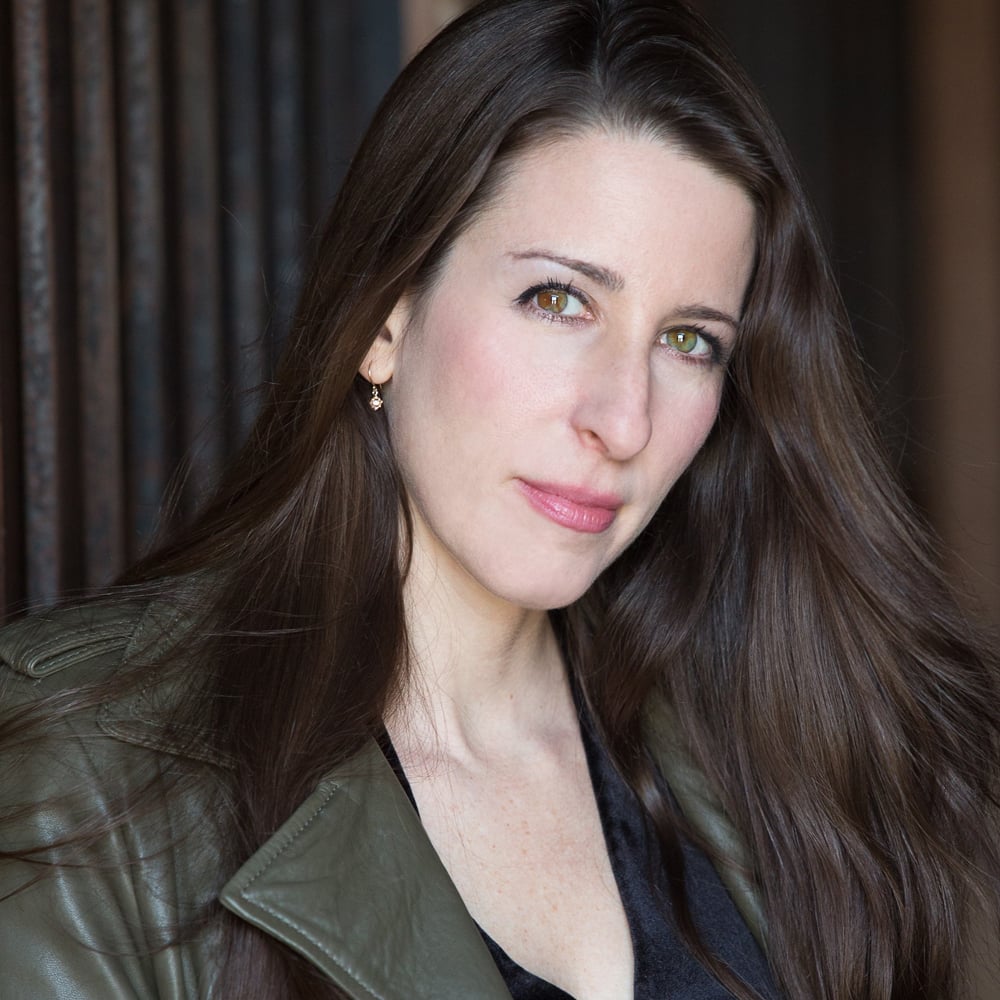Search Results for: ...
Selective Mutism
A New Transdiagnostic Treatment Target for Child Anxiety: Independence
Treat Anxiety as a Mustard Seed
Are the Kids Really Alright? Troubling Headlines, Teenage Girls, and Declining Mental Health
Childhood Depression and Anxiety in the Age of COVID-19
Greatest Day of My Life
Open Doors
 I am currently typing this in bed as I’m trying to avoid getting up. It is 2:13 pm and I haven’t found the motivation to start my day.
I am currently typing this in bed as I’m trying to avoid getting up. It is 2:13 pm and I haven’t found the motivation to start my day.
Resolve and Resilience From Panic
 There was a time when basic things—like driving, climbing a flight of stairs, taking a shower, or going through the checkout line at
There was a time when basic things—like driving, climbing a flight of stairs, taking a shower, or going through the checkout line at
Spread the Word
Help us spread the word about the benefits of treatment for anxiety and mood disorders, OCD, and PTSD — for children and teens, women, men, and all those suffering from related illnesses.
No More Constant Fear
 My earliest childhood memories are of constant fear. A skinny kid with crooked teeth, somewhat shy and reserved with social anxiety, I was an easy target for bullies, which made my issues even more difficult to handle. I never spoke to anyone about my feelings because I felt they were my fault.
My earliest childhood memories are of constant fear. A skinny kid with crooked teeth, somewhat shy and reserved with social anxiety, I was an easy target for bullies, which made my issues even more difficult to handle. I never spoke to anyone about my feelings because I felt they were my fault.
A Childhood Darkened by Severe Anxiety Becomes Brighter
 Childhood anxiety, even seve
Childhood anxiety, even seve
Running for Myself
A lot of things scare me. Right now, those things include my first 20-mile run of marathon training that I have this weekend and sharing this post. That’s the thing with fears, though. Embracing them usually makes you stronger.





